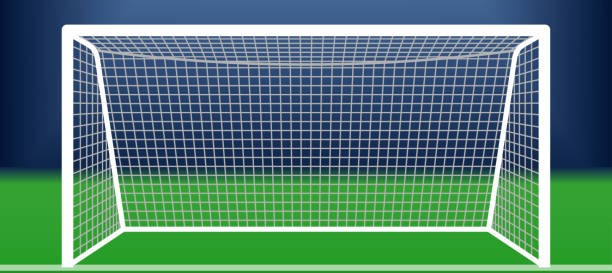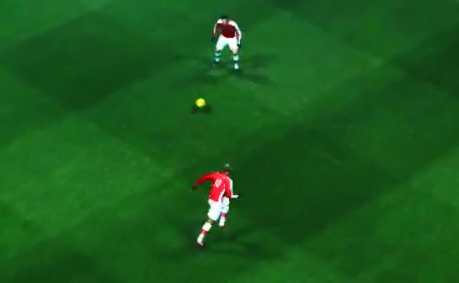













LOW PASS.

The low pass in football is a technique used to deliver the ball along the ground with accuracy and speed. It is
especially effective for maintaining possession, setting up teammates for scoring opportunities, or transitioning quickly
during play. Here’s a detailed explanation of the low pass, including its delivery, types, and applications:
Types of Low Passes:
- ▫ GROUND PASS: A straightforward pass delivered on the ground to a teammate, ideal for short to medium distances.
- ▫ DIAGONAL LOW PASS: A pass made diagonally across the field, often used to exploit space and open up play.
- ▫ THROUGH BALL: A low pass that splits defenders, allowing a teammate to run onto the ball in open space.
Delivery of a Low Pass:
- FOOT PLACEMENT:
▫ INSIDE OF THE FOOT PASS: The most common technique for a low pass. Use the inside of your foot for accuracy.
▫ LACES PASS: For more power and longer distances, strike the ball with the laces (top) of your foot, ensuring the ball stays low.
- BODY POSITION:
▫ APPROACH: Approach the ball at a slight angle, enabling a better angle for the pass.
▫ NON-KICKING FOOT: Position your non-kicking foot beside the ball to stabilize your body and guide the ball.
- STRIKING THE BALL:
▫ CONTACT POINT: Strike the ball with the desired part of your foot (inside for accuracy or laces for power), making sure to
keep your ankle firm.
▫ FOLLOW-THROUGH: Follow through in the direction of the pass to maintain accuracy and ensure the ball stays low.
Benefits of a Low Pass:
- ▫ CONTROL: Low passes are easier for teammates to control, especially in tight spaces.
- ▫ LESS PREDICTABILITY: They can be more difficult for defenders to intercept compared to high passes.
- ▫ QUICK TRANSITION: Low passes allow for quick movement and transition, helping to maintain the tempo of the game.
Situational Awareness:
- ▫ READING THE GAME: Assess the positioning of teammates and opponents to determine the best timing and angle for a low pass.
- ▫ CREATING SPACE: Use low passes to exploit gaps in the defense, allowing teammates to move into space for an effective attack.
Practice Drills:
- ▫ PARTNER PASSING: Practice low passes with a partner, focusing on accuracy and technique from various distances.
- ▫ TARGET PRACTICE: Set up cones or targets to aim for, working on delivering precise low passes to improve your accuracy.
- ▫ SMALL-SIDED GAMES: Engage in small-sided matches to practice low passing under pressure, simulating game situations.
Summary: The low pass is an essential skill in football that enhances ball control, teamwork, and the effectiveness of attacking plays. By mastering
the technique and understanding its applications, players can significantly improve their passing game and contribute to their team's
success on the field. Whether for maintaining possession, creating scoring opportunities, or transitioning play, the low pass is a
versatile and valuable tool in a player's skill set.




























